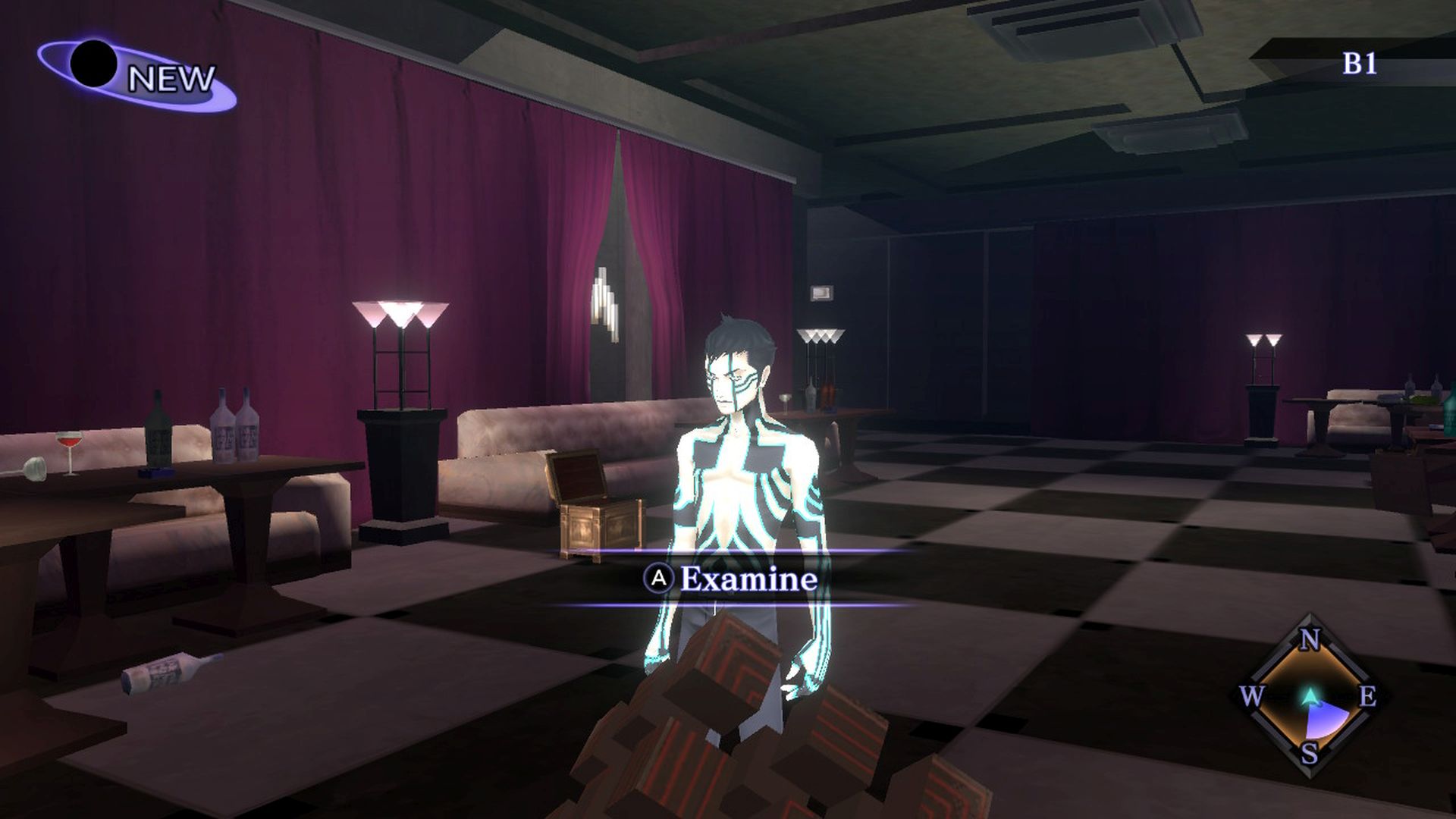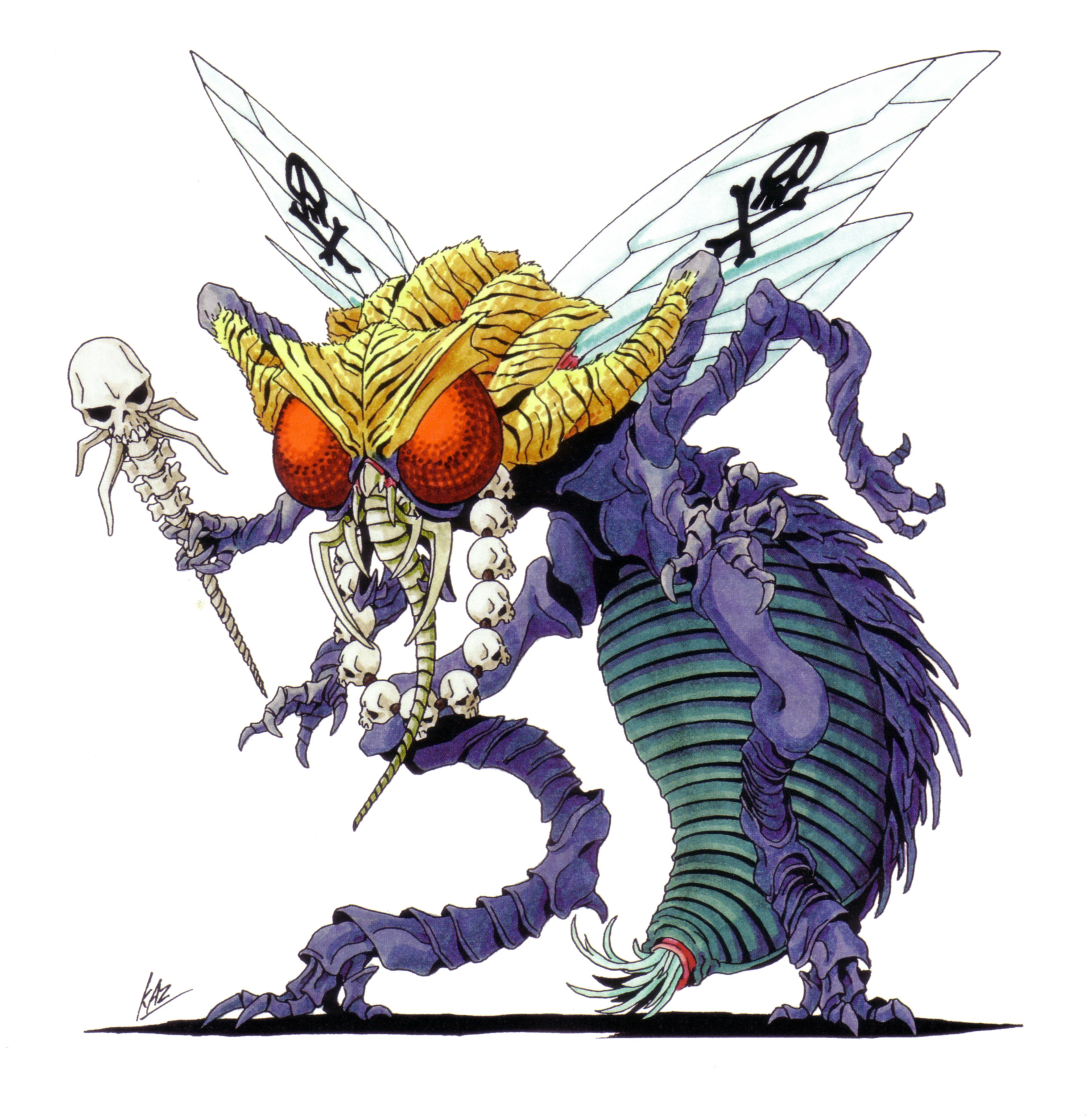

There are a few high-rise condominiums in Suitengumae and Hamacho, and a few more in Tsukuda, Kachidoki, and Harumi, but the prices are too high for ordinary salarymen to afford. The image of Chuo City residents is probably a mixture of the Edo downtown natives and the new affluent class who live in townhouses. Living in Chuo WardĬhuo City is home to many first-class towns such as Ginza and Nihonbashi, but if you go back to the history of Edo Tokyo, you will find that even these areas used to be downtowns.
/Update%2008/86-SMT3-0649.jpg)
The reclaimed areas of Kachidoki, Tsukishima, and Harumi, located across the Kachidokibashi Bridge from Harumi-dori Avenue, used to be a downtown area with a row of small, narrow tenement houses, but before long they have been transformed into celebrity towns with high-rise condominiums. On the other hand, there are markets with a long history, such as the Tsukiji Market. In recent years, however, high-rise condominium towers have sprung up in the area, and high-income families are beginning to move into the area, taking advantage of the trend to return to the city centre. There are few supermarkets or shopping streets that offer a sense of daily life.

The difference between the daytime and nighttime population is quite large, and while there are plenty of restaurants and pubs to feed the salarymen during the day, at night there are only 24-hour convenience stores, lunch box shops, and pubs where the salarymen hang out after work.
#Ginza underpass full
However, because it is central, along with Chiyoda Ward, it has become full of office buildings and is losing much of its function as a “residential area. “Chuo” means “centre” and Chuo ward is literally located in the middle of Tokyo, and is a sophisticated area with first-class office districts such as Tokyo Station, Ginza, and Nihonbashi, as well as a downtown area lined with department stores and luxury brand stores. What is Chuo ward?Īmong the 23 special wards of Tokyo, there is only one area that proudly calls itself “Chuo Ward”. If you are wondering what is Adachi ward, the different areas inside Adachi, the best things to do, history, accommodation and more, check out this ultimate Adachi ward area guide. Located along the underpass of the bustling Shinjuku Station, take the west exit to find Omoide Yokocho (Memory Alley) where you’ll find an array of traditional restaurants to suit the appetite of any explorer!Īny of these fabulous traditional Japanese culinary experiences are an excellent cultural and culinary addition to any Tokyo travel, especially if you are headed for the 2020 Summer Olympics! Stay tuned for more Tokyo travel tips coming soon.Do you know about the Chuo Ward in Tokyo? It is one of the 23 wards of Tokyo, with various unique neighbourhoods and areas, along with different things to do and sights to see. We also love the traditional yakitori (grilled pieces of chicken), with some of our favorites located at Omoide Yokocho. Miso, Shoyu or Tonkotsu – just a few of the many flavors to choose from. With over 20,000 ramen shops you’ll certainly find a great bowl of ramen after a long day of exploring. One of our favorites easily found in either Togoshi or Yanaka Ginza and throughout the greater Tokyo area is ramen. No worries! – – you won’t run out of local delicacies to try. Both “ginzas” are full of unique ideas for omiyage (“souvenirs”) from your Tokyo travels and are the perfect traditional, hidden gem while exploring the bustling, modern metropolis of Tokyo. It’s just one stop on the Tokyu Ikegami Line from there to Togoshi-Ginza.Īnd if you are in North Tokyo, check out Yanaka Ginza, which is just as interesting. It’s a must-see and easily accessible from Gotanda Station (JR Yamanote Line – Tokyo’s “circle line”). Togoshi Ginza is one of the few traditional shopping neighborhoods left in Tokyo. Many of these shops also display the iconic beckoning cats (maneki-neko) figures as a good-luck charm to bring in customers. Bamboo brushes, hand-made teapots, or knives forged in the tradition of centuries past. Togoshi Ginza (or any “ginza” for that matter) is filled with traditional local shops offering fresh produce, fish, and other household goods. The art of tofu making is a great way to immerse yourself in Japanese culture. The tofu shops are a truly authentic experience where locals buy for their daily meals, and travelers can experience amazingly fresh tofu and soy milk, among many other delicacies.

Take the afternoon to explore the unique yet traditional shops and taste some of the freshest tofu you’ll ever find - a fabulous cultural experience for any trip to Tokyo. “One of our favorite hidden gems in Tokyo is the traditional shopping street of Togoshi Ginza and the Togoshi Tofu Shop, located in southwest Tokyo.


 0 kommentar(er)
0 kommentar(er)
